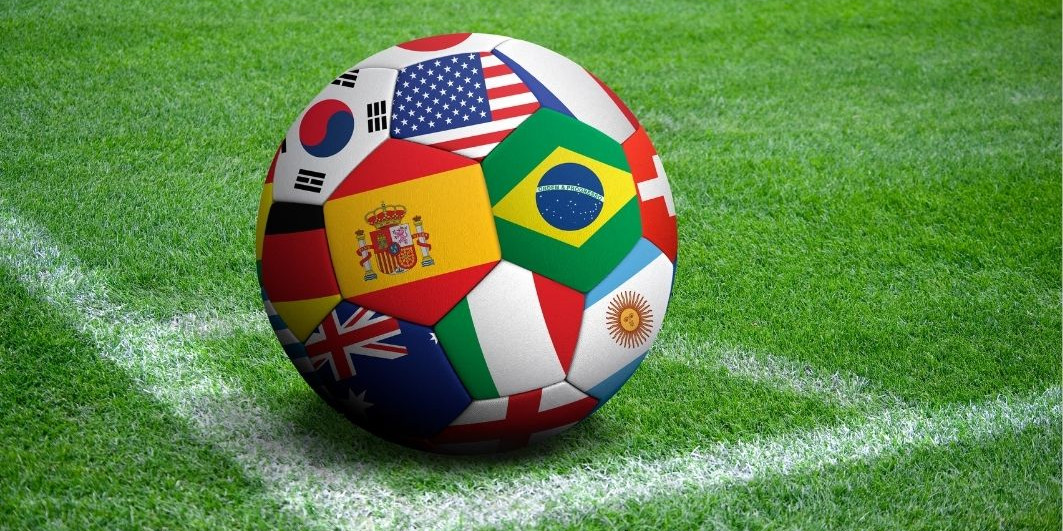For decades, the United States was seen as a fringe player in the global soccer narrative a country where football (as the world knows it) played second, third, or even fourth fiddle to American sports giants like the NFL, NBA, and MLB. But the tide has turned. Today, American soccer fans are not just showing up—they’re transforming the global conversation around the sport.
A Growing, Passionate Fanbase
American soccer fandom has exploded in size and intensity over the past decade. Major League Soccer (MLS) expansion teams are drawing sell-out crowds. European leagues like the Premier League, La Liga, and Bundesliga are broadcast widely across U.S. networks, with millions tuning in weekly. Supporter groups are growing more organized, passionate, and vocal, matching if not surpassing the intensity of traditional footballing nations.
This grassroots energy has made American fans impossible to ignore. They aren’t just spectators—they’re culture makers, digital content creators, and community builders.
Digital Natives Shaping Global Discourse
Unlike traditional fanbases, many American soccer supporters are digital natives. They engage with clubs, players, and fellow fans through YouTube breakdowns, TikTok highlights, podcasts, Twitter threads, and Substack newsletters. This highly engaged, tech-savvy generation is influencing how football content is created, shared, and monetized on a global scale.
They’re not just consuming the game they’re reinterpreting it, remixing it, and exporting a uniquely American fan culture that blends traditional European influences with modern media sensibilities.
From Outsiders to Influencers
In the past, American opinions about football were often dismissed as irrelevant or uninformed. Today, American fans are being invited into the global football dialogue. U.S.-based podcasts, influencers, and analysts are gaining international credibility. American investors are buying European clubs. U.S. cities are hosting high-profile friendlies, tournaments, and even parts of the 2026 FIFA World Cup. The U.S. is no longer just a market it’s a driver of global strategy.

Diversity Driving a New Kind of Fandom
American soccer fandom reflects the country’s multicultural identity. Fans bring perspectives from Latin America, Africa, Asia, and Europe enriching the discourse with diverse voices, languages, and footballing philosophies. The result? A richer, more layered view of the game that’s broadening the definition of what it means to be a fan.
The Road to 2026 and Beyond
With the U.S. set to co-host the 2026 World Cup, American fans are poised to take center stage. Stadiums will be packed. Social feeds will be flooded. The global spotlight will burn bright. But more importantly, American fans won’t just be watching—they’ll be shaping narratives, challenging norms, and redefining what global football culture looks like in the digital age.
Conclusion
American soccer fans are no longer on the sidelines. They’re changing how football is watched, talked about, and experienced around the world. In a sport long dominated by tradition, their emergence signals something vital: the future of global football isn’t just about goals and trophies, it’s about voices. And the American voice is getting louder.




